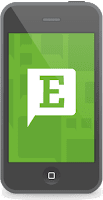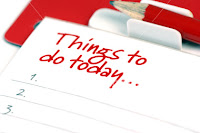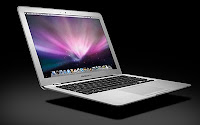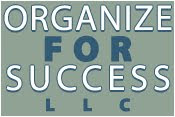I have to admit that one of my favorite (if not my absolute favorite) organizing tool is Evernote, which can be found at http://www.evernote.com. There is too much to remember on a day-to-day basis, but this tool enables you to securely capture and retain all those thoughts, checklists, web clippings, photos, audio recordings and so much more; then, Evernote allows you to easily access all that information from anywhere by using its advanced search capabilities via multiple outlet options. As a business organizing consultant, I find this tool to be sooo fabulous, both for myself and for my clients. Here are just a few techniques to best utilize Evernote as a tool to organize for success:

Regularly upload lots of different kinds of information to your Evernote account from anywhere via DIFFERENT CAPTURE OPTIONS... You can add content wherever & whenever it comes across your mind on the web-based version, on the version downloaded to your desktop OR on the version installed on your smartphone as an app. Still, you can also send notes to your Evernote account directly from your email management solution; once you've logged into Evernote, click on Settings to access Account Summary, where you can find the email address to which you need to send info you'd like added as a note in your default notebook. Or you can forward Tweets to your Evernote account from Twitter via @myEN to be added immediately as notes in your default notebook; follow myEN from your Twitter account to get a direct message back with a link-up URL. Evernote makes uploading content so convenient.
Vary the information you upload based off all the DIFFERENT CONTENT OPTIONS that Evernote allows. Evernote readily accepts plain text notes, web clippings, photos or uploaded images (in JPG, PNG, PDF and more), screenshots, audio recordings and checklists... Evernote Corporation truly encourages capturing everything by offering so many options for acceptable content.
Make sure you use all you have added to your Evernote account via the DIFFERENT RECALL OPTIONS offered within the system. As Evernote explains on its website, this tool helps you remember everything by making anything you see, think or experience accessible and searchable across all the platforms and devices that you use, but what does that mean?
--- Everything you upload is automatically indexed to be searchable, meaning typed or handwritten content can be searched, even if the note's content is simply a scan or photo of the writing.*
--- Notes can be organized into different notebooks, allowing you to sort through a smaller number of uploaded notes at one time by selecting a single notebook to be viewed at that time.
--- If you choose, you can add tags to different notes, organizing content from different notebooks into groupings by tags and allowing you to search for them by that assigned tag term.
Think of your Evernote account as being a shelving unit in your office, except that Evernote is accessible when you are mobile while a shelving unit is accessible only when you are in your office. Then, each notebook in Evernote would be like a 3-ring binder on your shelving unit, and each note in an Evernote notebook is like each sheet of paper in those 3-ring binders on your shelving unit. However, unlike the shelving unit where you have to look at each binder's label or the content on each page in that binder to see its content, Evernote allows you to type a word in the search field to find it anywhere in any note's content, notebook name, title or tags.
Basically, I see Evernote as a "data dump" for all the information that overloads all of us each day, week, month or year, but it's greatest strength is how easy it makes retrieving the information you uploaded to your account. This program's search capabilities are simply amazing!
Although I will continue sharing additional ways to best utilize Evernote, I would love to hear how this tool is impacting your life right now. Are you using Evernote already and, if so, what techniques do you use to maximize this tool's effectiveness? Please share in the Comments section below.
If this is the first you have heard of this exceptionally fabulous tool, it is never too late to get started using it... Feel free to visit http://www.evernote.com today, click on "get started" to set-up an account as well as download the desktop version for your particular computer and view how-to videos. I am confident that you will not be disappointed in all that you are empowered to do by using this tool.
* The only exception to a note's content being searchable would be a PDF in the free version of Evernote, but that can be overcome by switching to an Evernote Premium account at $5/mo or $45/yr.







 Regularly pull FREE credit reports from
Regularly pull FREE credit reports from 